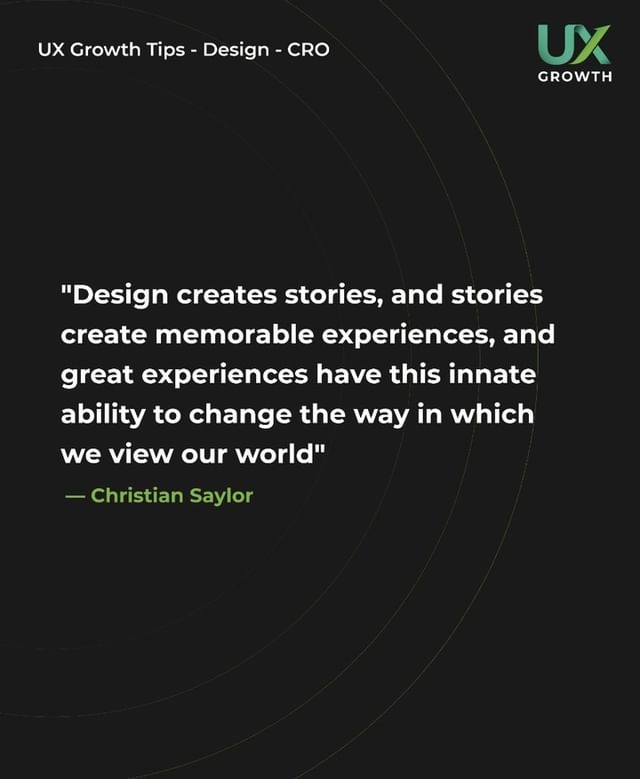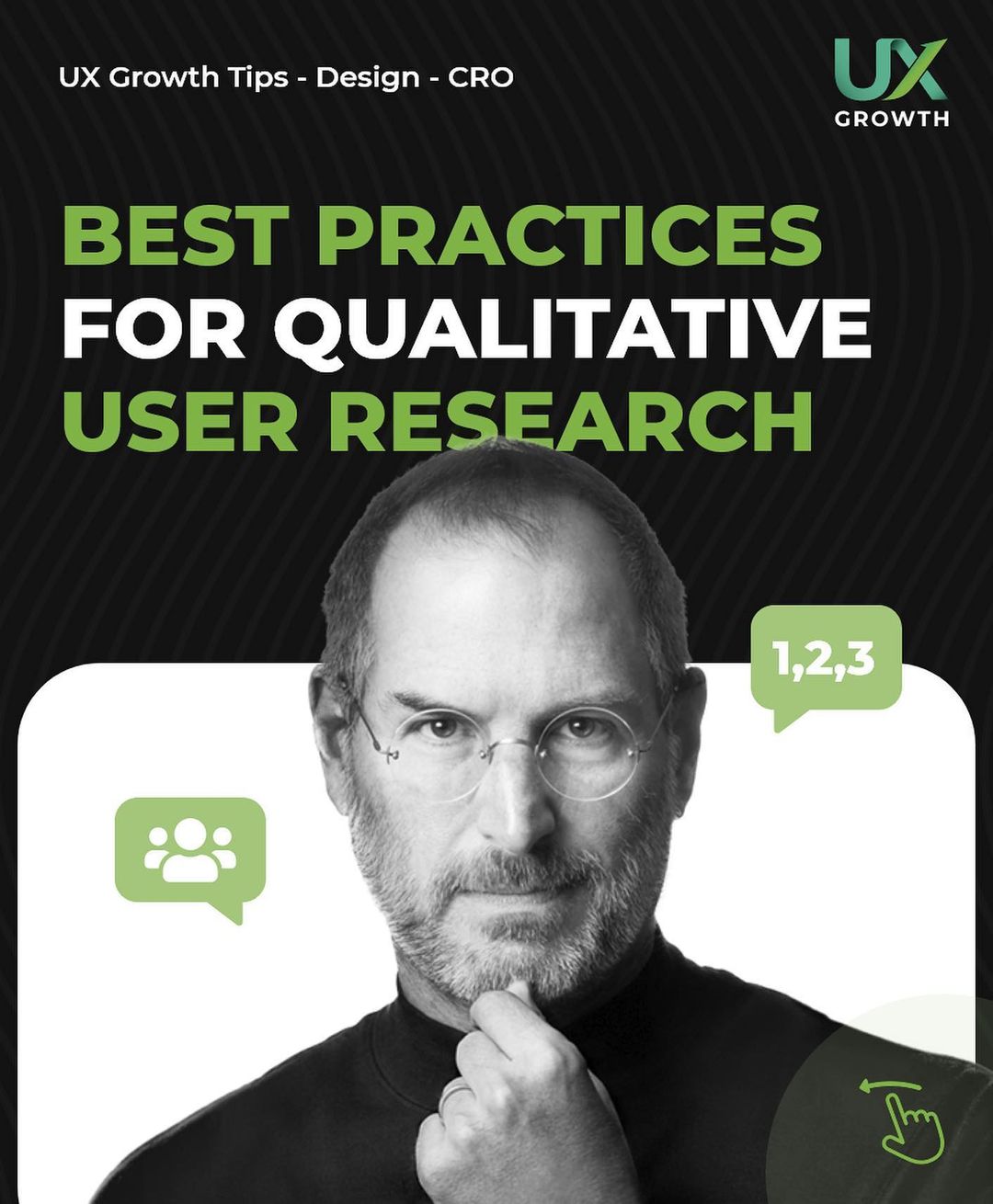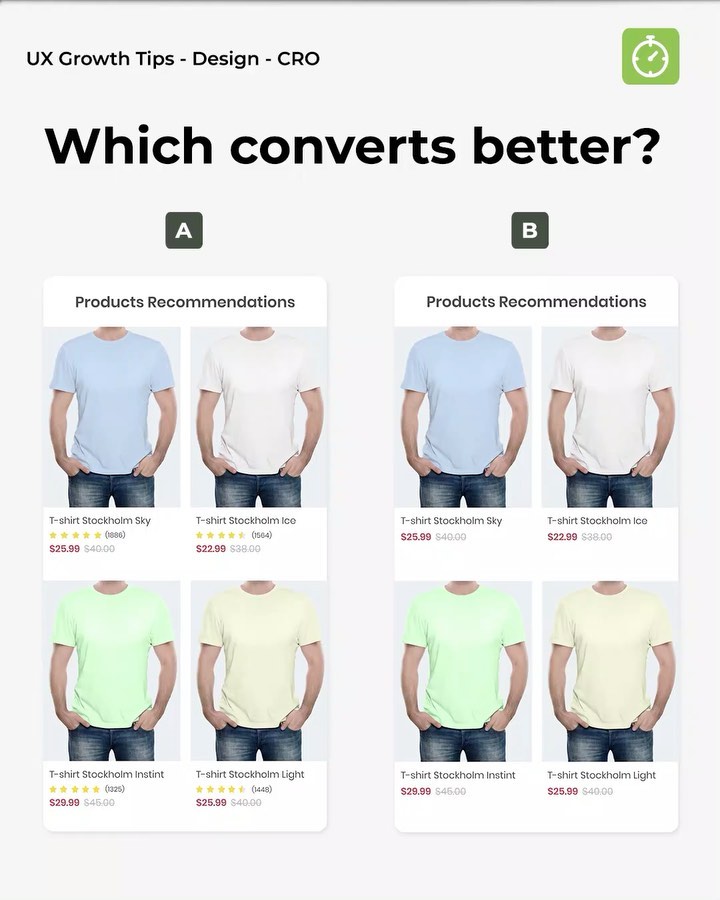Human-centered design focuses on understanding and meeting user needs. It involves observing users to drive innovation and create effective solutions. Through user-centric approaches, businesses can enhance user satisfaction and create seamless interactions. By incorporating human-centered design into processes, organizations can drive success and improve overall user experience.
Understanding the Essence of Human-Centered Design
The Principles of Human-Centered Design
Putting People First
Human-centered design revolves around prioritizing the needs and experiences of users, ensuring that solutions resonate with their preferences and behaviors.
Iterative Approach
It involves an iterative process of designing, testing, and refining solutions based on user feedback and insights, leading to more user-centric outcomes.
The Importance of People-Centric Approach
User Empowerment
By centering design efforts around people, it empowers users to engage more meaningfully with products and services, fostering a sense of ownership.
Enhanced User Satisfaction
A people-centric approach results in solutions that are tailored to user needs, preferences, and motivations, ultimately leading to increased user satisfaction and loyalty.
Exploring the Design Processes in Human-Centered Design
Exploring the design processes in Human-Centered Design involves unraveling the steps that guide the creation of user-centric solutions. Understanding the essence of this methodology is crucial for successful implementation.
Unveiling the Steps in the Human-Centered Design Process
- Empathy and Understanding: Immersing in user experiences to gain deep insights into their needs and challenges.
- Define the Problem: Clearly defining the problem statement based on user research findings to address real issues.
- Ideation and Brainstorming: Generating diverse ideas and concepts to explore innovative solutions to the defined problem.
- Prototyping: Creating tangible representations of the proposed solutions to gather feedback and refine designs.
- Testing and Iteration: Conducting user testing to gather insights, iterate on designs, and validate the effectiveness of solutions.
The Role of Prototyping and Testing in HCD
Prototyping and testing play a vital role in Human-Centered Design by facilitating the visualization and validation of proposed solutions. Prototypes bridge the gap between ideas and tangible products, enabling designers to receive valuable feedback from users early in the design process.
Implementing Human-Centered Design in Real Scenarios
Implementing Human-Centered Design in real scenarios involves the practical application of design methodologies within various industries to achieve successful outcomes. This section explores case studies and strategies that showcase the effectiveness of Human-Centered Design in solving complex problems and meeting user needs.
Case Studies Demonstrating the Success of Human-Centered Design
- Case study 1: Implementing HCD in the healthcare industry to improve patient experience and outcomes.
- Case study 2: Applying Human-Centered Design in the automotive sector to enhance driver safety and comfort.
- Case study 3: Utilizing HCD principles in the education field to create engaging and effective learning experiences.
Strategies for Applying HCD in Various Industries
Strategies for applying Human-Centered Design in various industries involve understanding user needs, conducting research, and iterative prototyping to refine solutions. By incorporating HCD processes, organizations can create products and services that resonate with users and drive innovation.
- Strategy 1: Conducting user research to identify pain points and opportunities for improvement.
- Strategy 2: Involving interdisciplinary teams to collaborate and brainstorm innovative solutions.
- Strategy 3: Implementing continuous testing and feedback loops to validate and enhance design concepts.
Driving Innovation through Human-Centered Design
Driving innovation through human-centered design involves leveraging user-centric solutions for business success and integrating design thinking in human-centered approaches.
Leveraging User-Centric Solutions for Business Success
Utilizing user-centric solutions is crucial for achieving business success. By prioritizing the needs and preferences of users, businesses can develop products and services that resonate with their target audience, leading to increased customer satisfaction and loyalty. Understanding user behavior and preferences allows companies to tailor their offerings to meet the specific needs of their customers, resulting in a competitive edge in the market.
Integrating Design Thinking in Human-Centered Approaches
Integrating design thinking into human-centered approaches enhances the overall design process. By incorporating empathy, ideation, and prototyping into the development cycle, businesses can generate innovative ideas that address user needs effectively. Design thinking encourages a collaborative and iterative approach to problem-solving, empowering teams to explore diverse solutions and create impactful products that drive positive change within organizations.
Empowering User Experience with Human-Centered Design
The section 'Empowering User Experience with Human-Centered Design' focuses on enhancing user satisfaction and creating seamless interactions through HCD practices.
Enhancing User Satisfaction through Human-Centered Practices
Enhancing user satisfaction in the digital realm requires a deep understanding of user needs and preferences. By applying human-centered design principles, businesses can tailor their products and services to meet user expectations, ultimately increasing user satisfaction and loyalty.
Creating Seamless Interactions with Human-Centered Design
- Implementing intuitive interface designs that prioritize user experience
- Streamlining user workflows and reducing cognitive load
- Utilizing user feedback to continuously improve interactions



